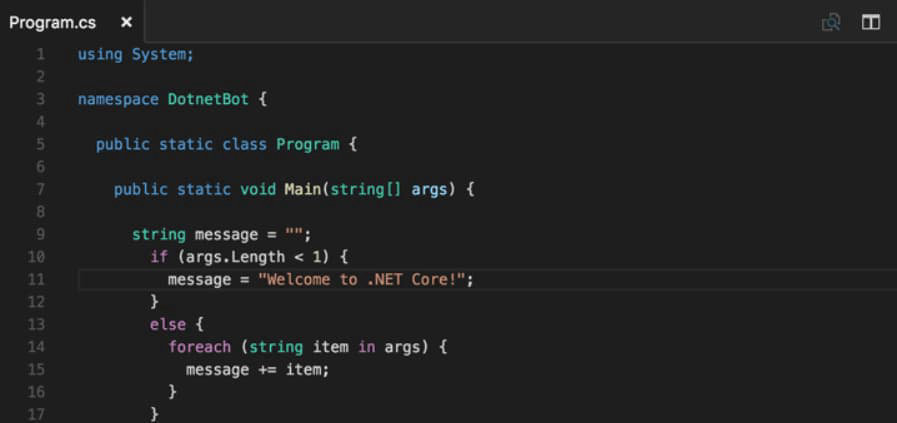.NET is a new-generation computing and communication platform built to simplify application development in the highly distributed environment of the third-generation Internet. It is based on open Internet standards and protocols and achieves a high degree of interactivity between heterogeneous languages and platforms.
.NET includes Common Language Runtime (CLR) and .NET class library.
What is the .NET class library? What is included?
The .NET class library is built on the basis of runtime object-oriented features, and a set of reusable classes (Class) tightly integrated with CLR (Common Language Runtime). It greatly simplifies software development, and it is easy to integrate seamlessly with third-party components.
The .NET architecture class library supports the following programming models:
- Console application.
- Web application (ASP.NET, Web API, MVC).
- Desktop application (Windows Presentation Foundation: WPF).
- Windows and Linux services running in the background.
What are the development languages supported by .NET? What does the interoperability of .NET languages mean?
.NET supports more than 20 languages including C#, Visual Basic, Managed C++, and Javasript.
The interoperability of the .NET language refers to the support of the language that follows the CLR specification in terms of object inheritance, that is, the use of a language to develop under the .NET platform.
The published classes can be reused in another language. This is achieved through a Microsoft intermediate language (MSIL), that provides platform-independent instructions. They are generated by a compiler from the source code.
.NET compiles each language into an intermediate language (MSIL) first and then compiles it with a just-in-time compiler (Just In Time) during execution.







